Skincare trends come and go, but some really make you stop and think: wait, we’re doing what now? Enter slugging—a viral skincare method that’s all about coating your face in petroleum jelly. Yep, you heard that right. It may sound odd at first, but if TikTok and Reddit skincare threads are anything to go by, people are absolutely loving the results.
Let’s break down what slugging is, whether it’s worth the hype, and how to know if it belongs in your own routine.
What Is Slugging, Exactly?
Slugging involves applying a thin layer of an occlusive agent (usually petroleum jelly) over your entire face as the last step in your nighttime skincare routine. The term comes from the glazed, shiny finish it leaves on your skin—similar to the slime trail of a slug. Glamorous, we know.
The idea is to lock in moisture and prevent transepidermal water loss (TEWL) overnight. The result? Skin that looks ultra-dewy and feels baby-soft in the morning.
How to Slug
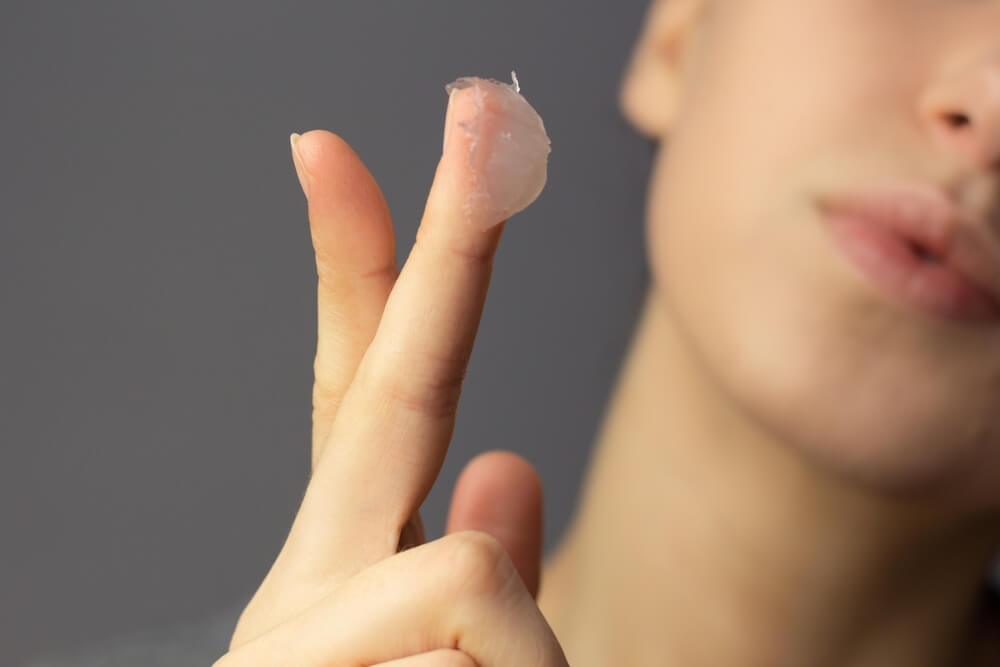
It’s actually super simple:
- Cleanse your face.
- Apply your usual nighttime serums and moisturizers.
- Seal everything in with a thin layer of petroleum jelly or another occlusive.
That’s it. No need for fancy tools or expensive products—just classic ingredients and a little consistency.
Who Should Try It?
Slugging is especially helpful for those with dry, flaky, or compromised skin barriers. If your skin feels tight or looks dull during the winter months, this trick could be a game-changer. It’s also great if you’re using active ingredients like retinoids and need a little extra barrier support.
But those with acne-prone or oily skin should approach with caution. While petroleum jelly itself is non-comedogenic, layering it over the wrong products or on unclean skin can lead to clogged pores. For acne-prone folks, something like CbGaRDN’s complete skincare system might be a better approach.
What the Experts Are Saying
Dermatologists are mostly on board—with some caveats. They agree that occlusives like petroleum jelly are effective at reducing moisture loss but stress that it should be used on well-moisturized, clean skin. Slugging over a layer of retinol or exfoliating acid? Probably not the best move.
Pairing slugging with calming products, like those in the Vou Pre Aqua Collection or Lavelier’s marine-based lineup, can amplify hydration without causing irritation.
Slugging Alternatives Worth Trying
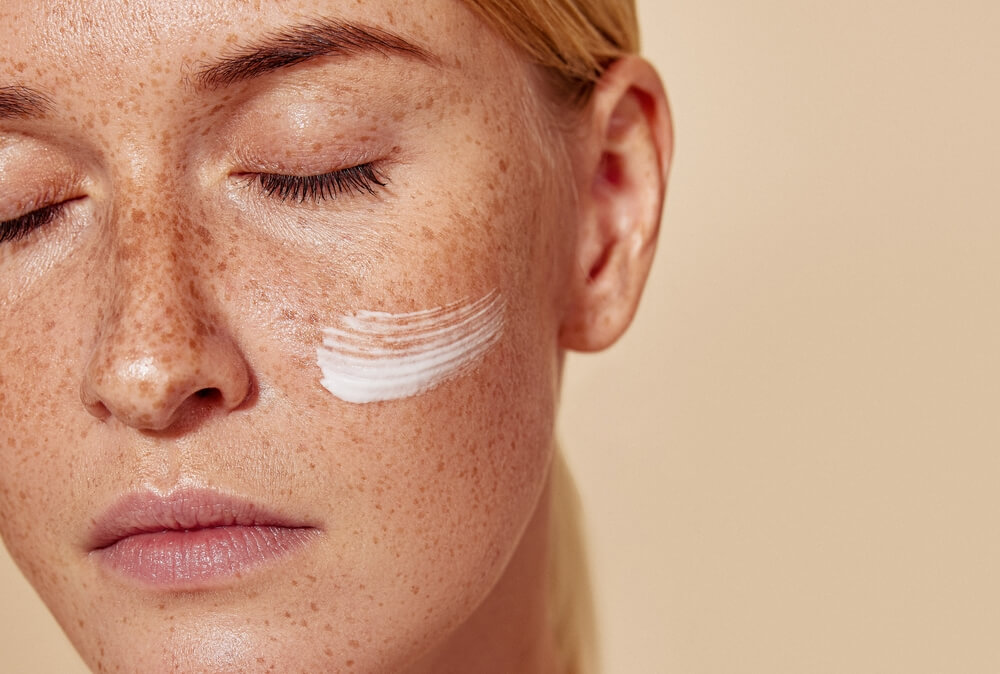
Not into petroleum jelly? No problem. Look for products that offer similar occlusive benefits but with added skincare perks. For instance, the Truffoire Orchidea Truffle Collection includes rich creams that hydrate and protect skin without the greasy finish. Or explore the Celestolite Estrella Collection for a luxe twist on moisture barrier support.
Other Tips for Dry Skin Weather
Slugging works best when combined with other hydrating rituals. Sleeping with a humidifier can keep the air in your room from zapping your skin dry overnight. Also, swapping your pillowcase for one of these skin-friendly options might reduce irritation and improve moisture retention.
You can even elevate your self-care experience with a home spa session and scented candles like these 22 winter warmers to create the coziest environment for glowing skin.
Final Verdict
Slugging might sound unconventional, but its results are rooted in science and skin physiology. If your skin is crying out for hydration and protection, this trend could be worth exploring. Just remember: clean skin first, moisturize well, and always listen to what your skin is telling you.
Want to explore more? Check out our breakdown of beauty sleep secrets or find your next favorite occlusive in our Lionesse skincare review.


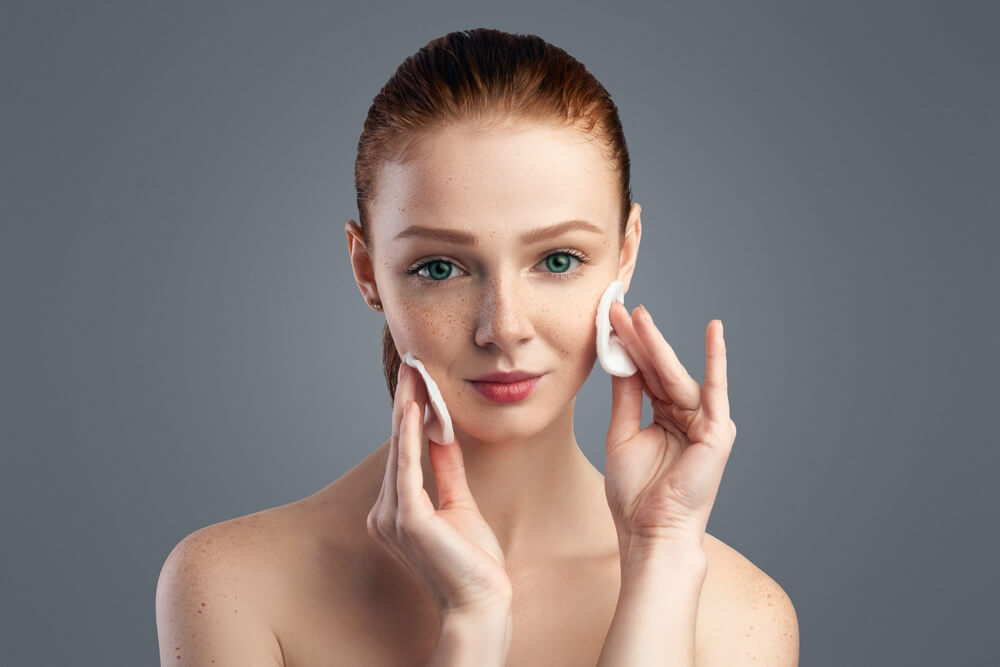
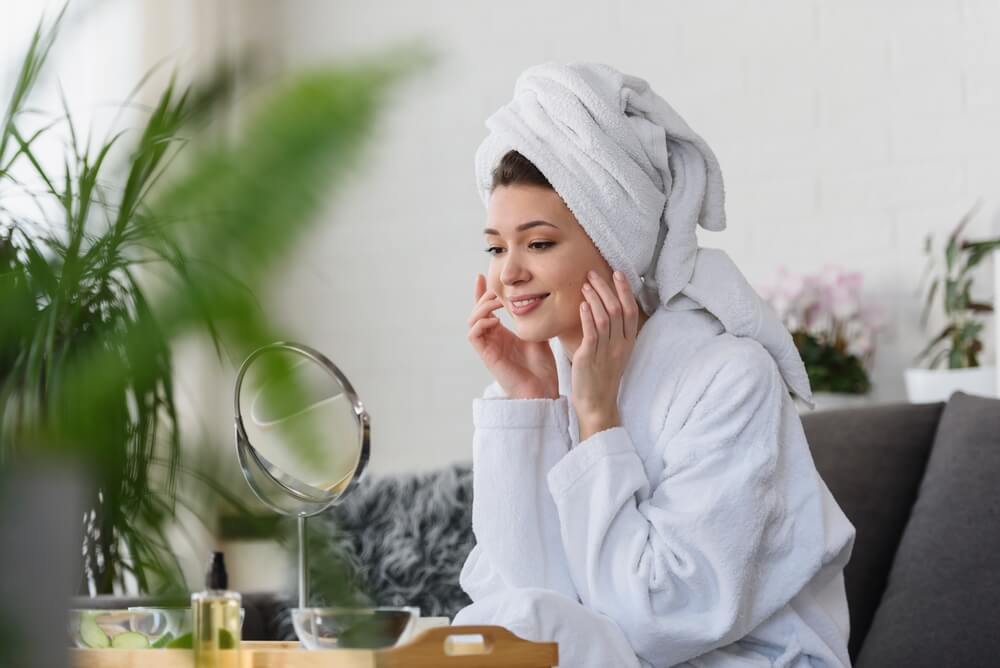
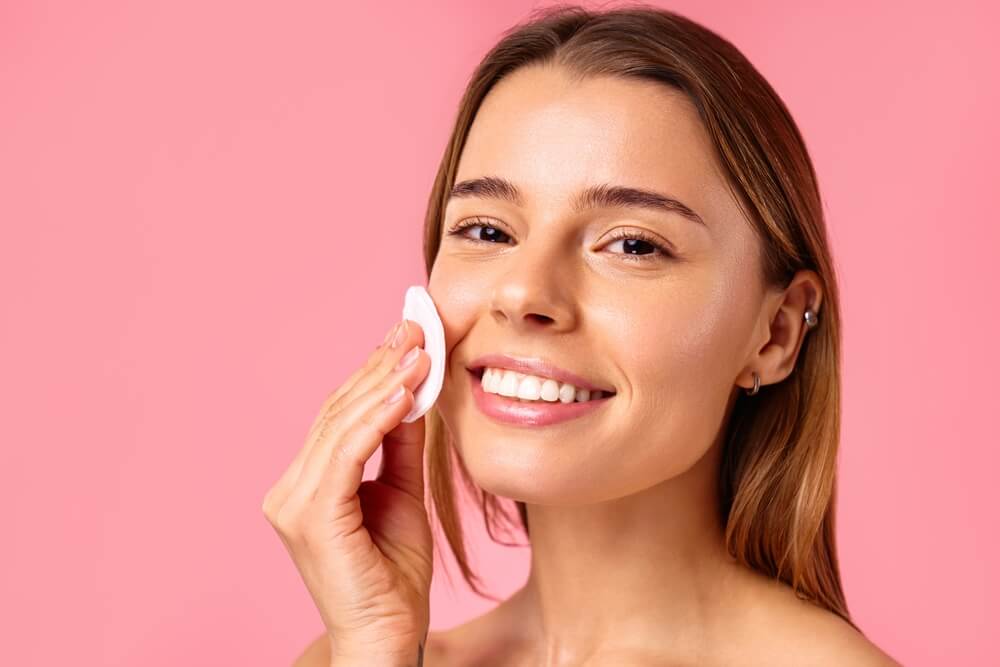

Leave A Comment